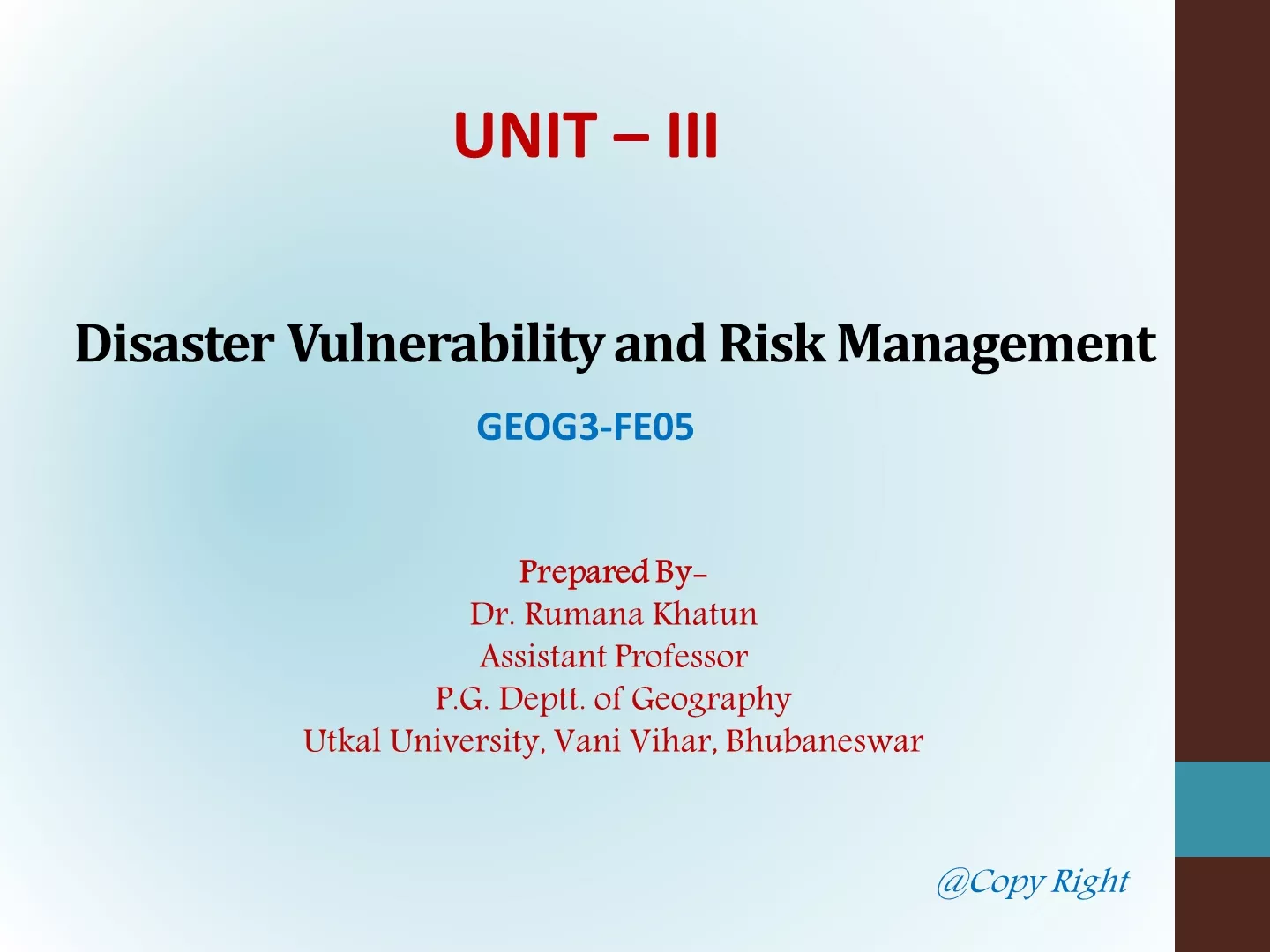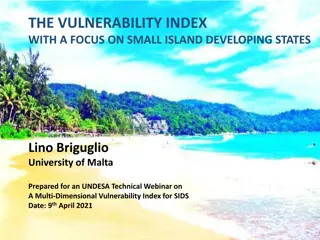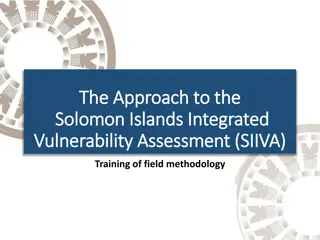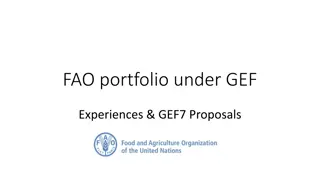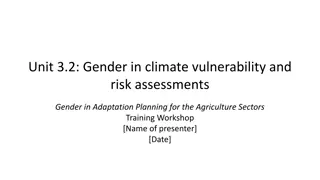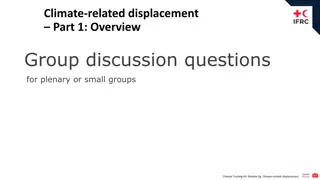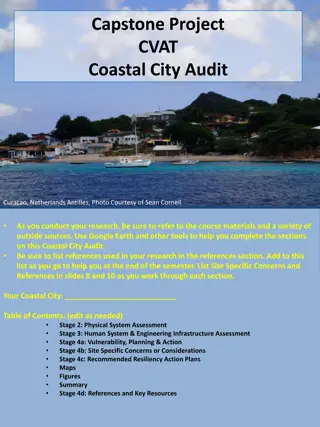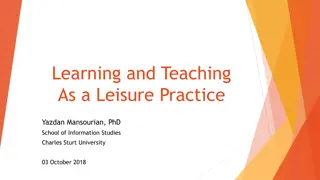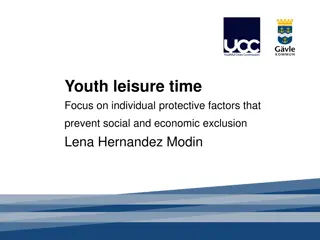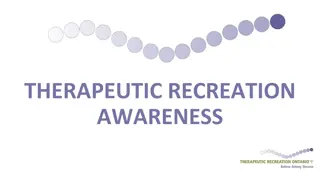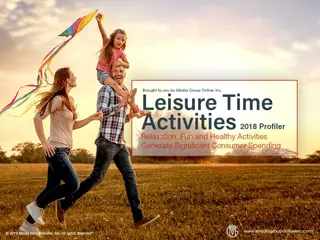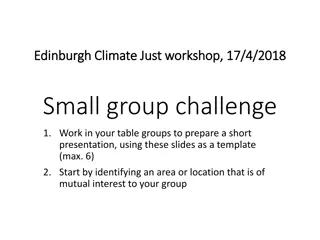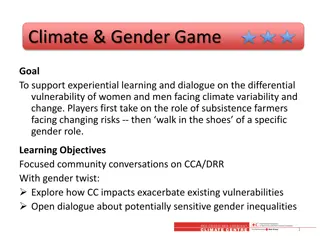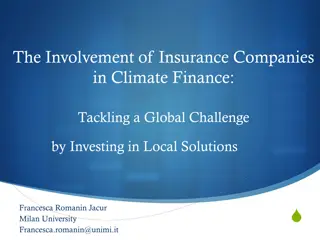Global Perspectives on Population, Leisure, and Climate Vulnerability
Explore various topics such as changing population distribution in the USA and China, recent leisure activity trends in Mexico and Sweden, impacts of climate change on the hydrosphere, contrasting views on population size and resource consumption, demographic transitions in the UK, Bangladesh, Norway, and Mozambique, a case study of the English/Welsh Football League, and examples of societies with differing vulnerabilities to climate change.
Download Presentation

Please find below an Image/Link to download the presentation.
The content on the website is provided AS IS for your information and personal use only. It may not be sold, licensed, or shared on other websites without obtaining consent from the author.If you encounter any issues during the download, it is possible that the publisher has removed the file from their server.
You are allowed to download the files provided on this website for personal or commercial use, subject to the condition that they are used lawfully. All files are the property of their respective owners.
The content on the website is provided AS IS for your information and personal use only. It may not be sold, licensed, or shared on other websites without obtaining consent from the author.
E N D
Presentation Transcript
Jeopardy Hosted by Ms. Evensen
Changing Population Leisure, Tourism and Sport Global Climate Vulnerability and Resilience Patterns in Resource Consumption 100 100 100 100 100 100 100 200 200 200 200 200 200 200 200 300 300 300 300 300 300 300 300 400 400 400 400 400 400 400 400 500 500 500 500 500 500 500 500
Two detailed and contrasting examples of uneven population distribution USA and China Row 1, Col 1
Detailed examples to illustrate recent changes in participation in leisure activities for two or more societies at contrasting stages of development Mexico and Sweden 1,2
What are some of the predicted impacts on the physical on the hydrosphere of climate change? Major ice sheets have lost mass, land-based glaciers have shrunk and Arctic sea ice cover has fallen significantly since 1979. 1,3
Discuss the two opposing views of the relationship between population size and resource consumption. neo-Maltusian vs anti-Malthusian (Ehrlich and Club of Rome vs Simon and Boserup) 1,4
Population change and demographic transition over time, including natural increase, fertility rate, life expectancy, population structure and dependency ratios Detailed examples of two or more contrasting countries UK and Bangladesh (Norway and Mozambique) 2,1
Case study of one national sports league TheEnglish/Welsh Football League 2,2
Detailed examples of two or more societies with contrasting vulnerability to climate change Philippines/London/Greenland Example Alaska 2,3
The new global middle class (NGMC) Annual income of between US $ 3,650 and US $ 36,500 (US $ 10-100 per day) 2,4
One case study of a contemporary megacity experiencing rapid growth. Dhaka 3,1
Case study of one festival in a rural location, its site factors and geographic impacts The Enga Cultural in PNG (Extremveko in Voss in Norway) 3,2
Case study of the response to climate change in one country focusing on the actions of non- governmental stakeholders Greenpeace 3,3
Ecological footprint A crude measurement of the area of land or water required to provide a person (or society) with the energy, food and resources needed to live, and to also absorb waste 3,4
One case study of a country benefiting from a demographic dividend India 4,1
Example of costs and benefits of tourism as a national development strategy, including economic and social/cultural effects Kenya 4,2
3 natural causes of climate change Changes in the Earth s orbit (Milankovitch cycles) Volcanic eruptions Variations in solar output (sunspots) 4,3
Water security When all people, at all times, have sustainable access to adequate quantities of acceptable-quality water for sustaining livelihoods, well-being and development. 4,4
Detailed examples of two or more forced movements, to include environmental and political push factors, and consequences for people and places Barrow and 31 villages like Shismaref (AK) Examples Tuvalu/Kiribati and Horn of Africa Syria Example Nigeria or Eritrea 5,1
One case study of sustainable tourism in one low- income country Basecamp Explorer, Maasai Mara, Kenya 5,2
Changes in the global energy balance, and the role of feedback loops, may result from: Solar radiation variations including global dimming due to volcanic eruptions Terrestrial albedo changes and feedback loops Methane gas release and feedback loops 5,3
The implications of global climate change for the waterfoodenergy nexus Detailed examples of two countries with contrasting levels of resource security Switzerland and UAE or India and Canada 5,4


